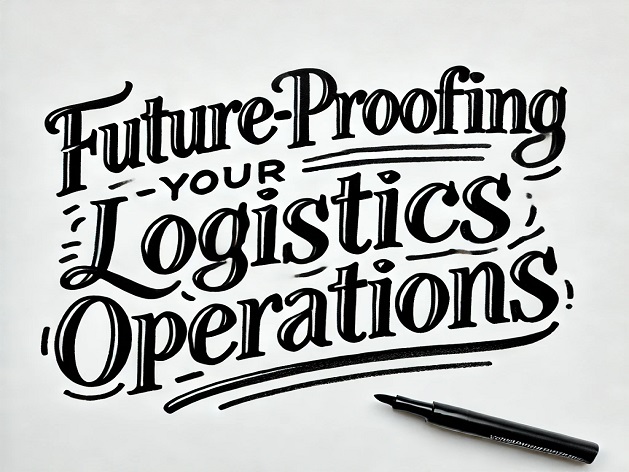In today’s competitive supply chain landscape, leveraging Warehouse Management Systems (WMS) alongside automation has become vital for optimizing warehouse efficiency. These systems streamline operations, reduce human errors, and offer real-time visibility across the entire supply chain. When integrated with Customer ERPs and CRMs, WMS can seamlessly synchronize data between sales, procurement, and warehouse teams, improving demand forecasting and customer service.
Moreover, modern WMS solutions can automate order intake and fulfillment through API and EDI integration, enabling a frictionless flow of inbound orders and real-time communication with shipping carriers. This ensures faster, more accurate order processing and reduces manual data entry. A key feature in this integration is real-time freight rate optimization, where WMS dynamically compares shipping carriers to select the most cost-effective and timely delivery option. This capability is especially valuable for managing final-mile delivery in an omnichannel environment.
Key Trends in Warehouse Technology and Automation:
- Cloud-Based WMS Integration: Cloud-enabled WMS platforms provide flexibility, scalability, and real-time access to critical data, allowing businesses to optimize operations across multiple sites.
- API and EDI Connectivity: The integration of WMS with external order management and shipping systems ensures seamless data exchange and improves order accuracy, inventory management, and delivery efficiency.
- Real-Time Freight Rate Optimization: Businesses can reduce costs and meet delivery expectations by using WMS to compare carrier rates dynamically, ensuring the most efficient fulfillment route.
- ERP and CRM Integration: Connecting WMS to ERP and CRM systems allows synchronized operations, from procurement to customer service, enhancing inventory accuracy and customer satisfaction.
- Data-Driven Decision Making: WMS platforms now offer powerful analytics, providing insights on inventory levels, labor efficiency, order fulfillment trends, and carrier performance. These insights enable continuous process improvement and greater operational agility.
Future-Proofing Your Warehouse Operations: The adoption of integrated WMS solutions not only enhances present-day operations but also sets the foundation for future technological advancements, such as the integration of Autonomous Mobile Robots (AMRs) and Artificial Intelligence (AI). By ensuring that WMS systems are data-rich and electronically connected with external platforms, businesses are well-positioned to incorporate AMRs and AI-driven decision-making as these technologies become more cost-effective and readily available. This future-proof strategy will allow for increased automation, enhanced scalability, and even more precise optimization of the supply chain as technology evolves.
Benefits of WMS and Automation:
- Operational Agility: Real-time data exchange between systems enhances visibility across the supply chain, enabling faster, data-driven decision-making.
- Cost Efficiency: Real-time freight optimization reduces shipping costs, while automation decreases labor requirements, driving down operational expenses.
- Customer-Centric Approach: Integrated systems enable faster, more reliable order fulfillment, boosting customer satisfaction by providing better service and tracking.
By integrating WMS with ERP, CRM, and shipping systems, companies can achieve enhanced operational efficiency, improve customer satisfaction, and reduce costs. As supply chains grow increasingly complex, these tools offer an essential edge for businesses to remain competitive and scalable in a dynamic market.


